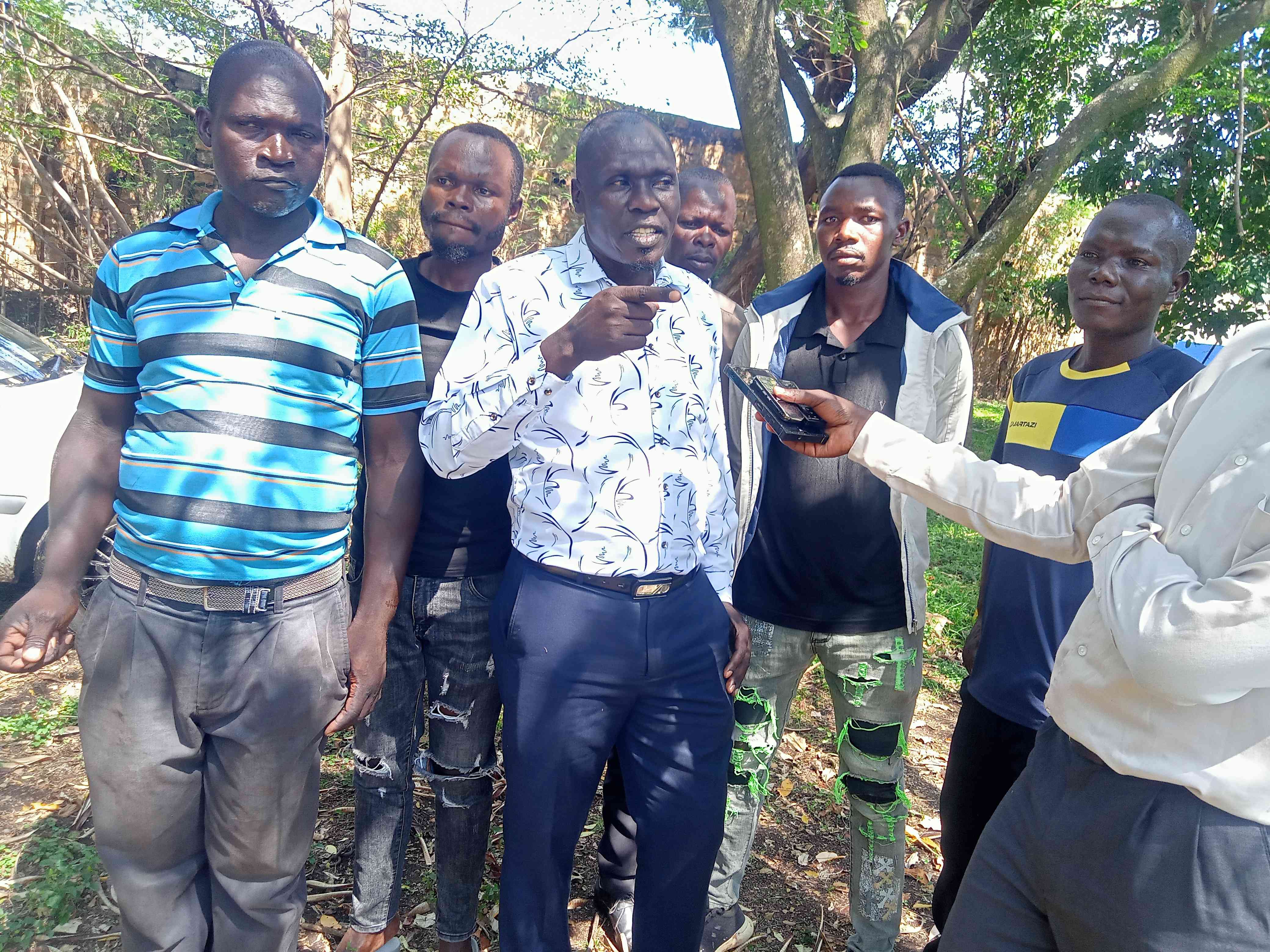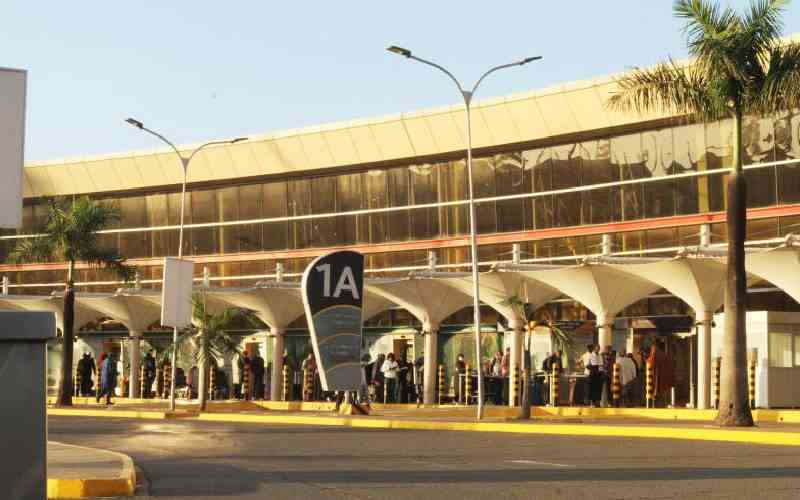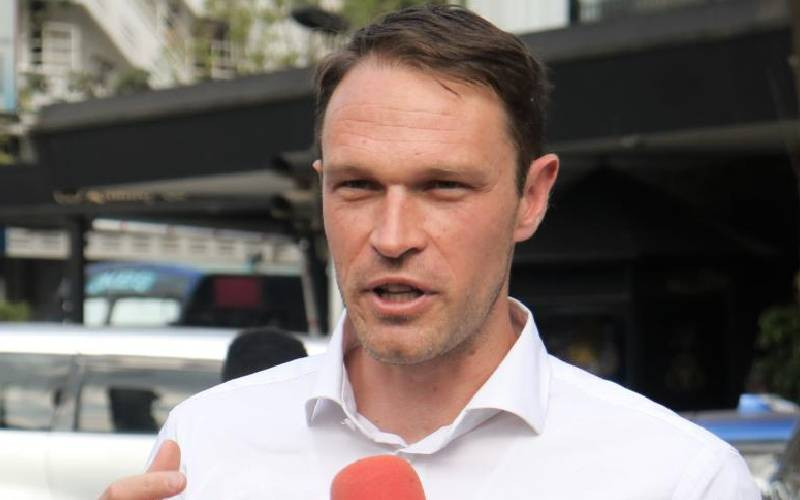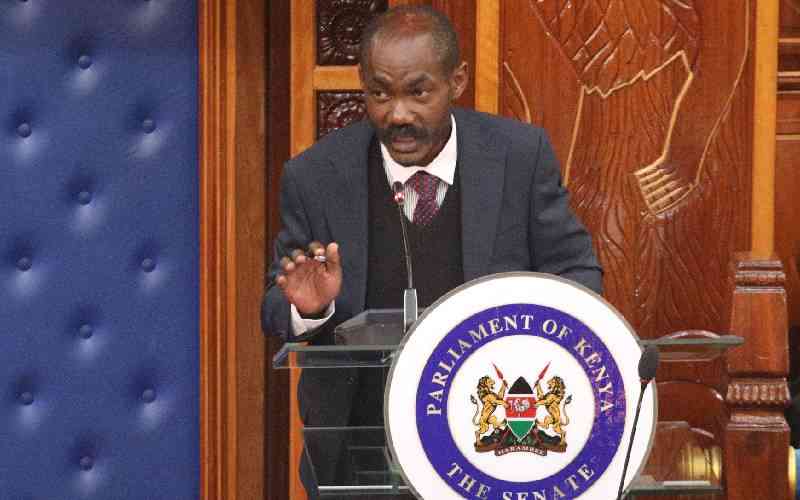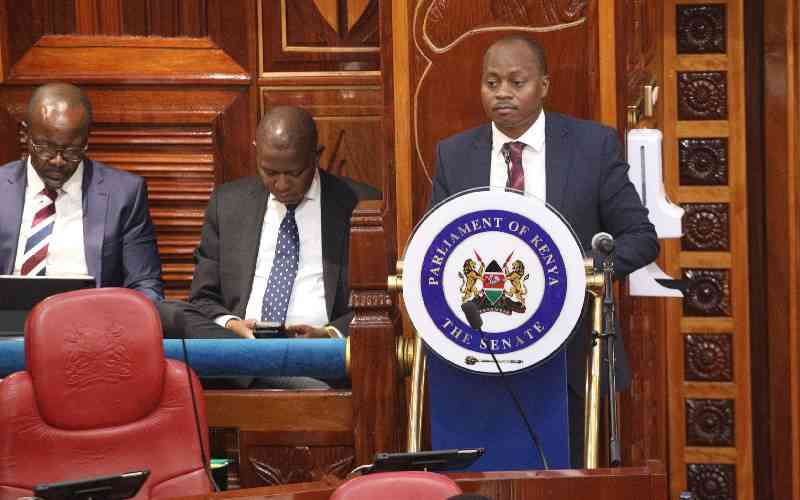By Emmanuel Mwendwa
The bulk of Africa’s music pioneers may be long gone, but the legendary predominantly Ghanaian Pan-African Band, Osibisa, formed in 1969, lives on. This year the group marks its 40th anniversary.
Hailed as the first band to herald elements of indigenous African music on the competitive global showbiz landscape, the band’s influence has been monumental worldwide. At a time when other groups were struggling, Osibisa was racking accolades for a best-seller album and singles in pop chart rankings — enjoying more international hits than any other African artiste or band from its era.
Its founders — three Ghanaians and three Caribbean islands instrumentalists — included the band’s front man, seasoned saxophonist Teddy Osei, drummer Sol Amarfio and Mac Tontoh on trumpet. Antiguan lead guitarist Wendel Richardson, keyboardist Robert Bailey from Trinidad, Grenadian bassist Spartacus R wrapped up the line-up alongside Nigerian percussionist and tenor sax player Lasisi Amao.
By virtue of breaking into European scene in the 1970s, Osibisa earns credit as having laid foundation for fusion of African musical elements with varied global influences. This was two decades prior to coinage of ‘world music’ — a category introduced at competitive awards events in mid 1990s in reference to mainly African music.
So significant was the band’s impact that when one of Kenya’s longest existing band, Them Mushrooms, was founded in 1972, it singled out Osibisa as an inspiration.
Them Mushrooms comprised four brothers — Teddy Kalanda, Billy Sarro, George Zirro, John Katana and two other members.
Osibisa’s influence was profound in the formative years and Kalanda felt compelled to adopt his mentor, saxophonist Teddy’s name and instrument.
Back then, he was known as Shaddy in their Mombasa neighbourhood — short for Shadrack,
"But after listening to Teddy’s intense harmonies on the tenor sax, I be gan to gravitate towards learning his style. We incorporated a couple of their songs in our routine rehearsals repertoire," says Kalanda.
He singles out compositions such as Jambo Bwana and chakacha flavoured hit Ndogo Ndogo as examples of songs inspired by Osibisa’s fusion style.
Indisputably, Osibisa also took on an essential, almost front-runner, role in spearheading broad awareness of African music among audiences in the 1970s across European and North American states.
"They superbly managed to incorporate into their music the distinctly heady and fluid trademark lead guitar riffs popularised by Latin virtuoso Carlos Santana," notes Sarro.
Instrumentation
Not only did Them Mushrooms glean musical insights from the band, they also realigned their arrangements. They brought on board conga drums, twin horns section — tenor sax and trumpet, bass guitar and keyboards as the core instruments.
Stay informed. Subscribe to our newsletter
But the most memorable moment for the Kenyan band was when Osibisa made a performance tour of Kenya in 1980. They staged a series of concerts at the Kenyatta International Conference Centre, Nairobi, and Mombasa Municipal Stadium.
Fate seemingly smiled upon them because when the visitors went to the Coast, they were booked into the Severin Hotel, where Them Mushrooms were based as the resident band.
"This was a rare opportunity, we landed the once-in-a-life-time chance. We had numerous jam sessions with Osibisa," recalls Kalanda.
Though their music is not widely popular in Kenya some of the evergreen songs such as their first hit single, Music For Gong Gong, and the international hit single, Woyaya, are popular. But it is their chartbuster cuts, Sunshine Day, Dance the Body Music and Coffee Song, which besides lodging onto the UK’s Top 10 charts list in the 1970s, also thrust the band into global stardom.
Rave reviews hailed the band’s debut album as a remarkable fusion album whose rock guitar solos blended harmoniously with vibrant African cross rhythms.
Other songs include Ayiko Bia, Akwaaba, Dawn, Oranges, Phallus, Think About The People, Ojah Awake, That’s Life, The Warrior, Flying Bird, Keep On Trying, Cherry Field, Dance The Body Music, Hamattan and Sakabo.
The band’s intense essence would rise to the fore whenever they went on stage, where their mastery of rhythm and melodies, fuelled by energetic stage presence thrilled thousands of fans.
Towards the late 1970s, Osibisa spent months on world tours, playing to particularly large audiences in Japan, India, Australia and Africa.
The premier African band’s star began to dim gradually, fading off the limelight in the late 1980s. Varied CDs culled off their past catalogue have since been reissued on the Sequel Records among other labels. The band remains active. Since last year, remnant members are reportedly working on a new album.
 The Standard Group Plc is a
multi-media organization with investments in media platforms spanning newspaper
print operations, television, radio broadcasting, digital and online services. The
Standard Group is recognized as a leading multi-media house in Kenya with a key
influence in matters of national and international interest.
The Standard Group Plc is a
multi-media organization with investments in media platforms spanning newspaper
print operations, television, radio broadcasting, digital and online services. The
Standard Group is recognized as a leading multi-media house in Kenya with a key
influence in matters of national and international interest.
 The Standard Group Plc is a
multi-media organization with investments in media platforms spanning newspaper
print operations, television, radio broadcasting, digital and online services. The
Standard Group is recognized as a leading multi-media house in Kenya with a key
influence in matters of national and international interest.
The Standard Group Plc is a
multi-media organization with investments in media platforms spanning newspaper
print operations, television, radio broadcasting, digital and online services. The
Standard Group is recognized as a leading multi-media house in Kenya with a key
influence in matters of national and international interest.

